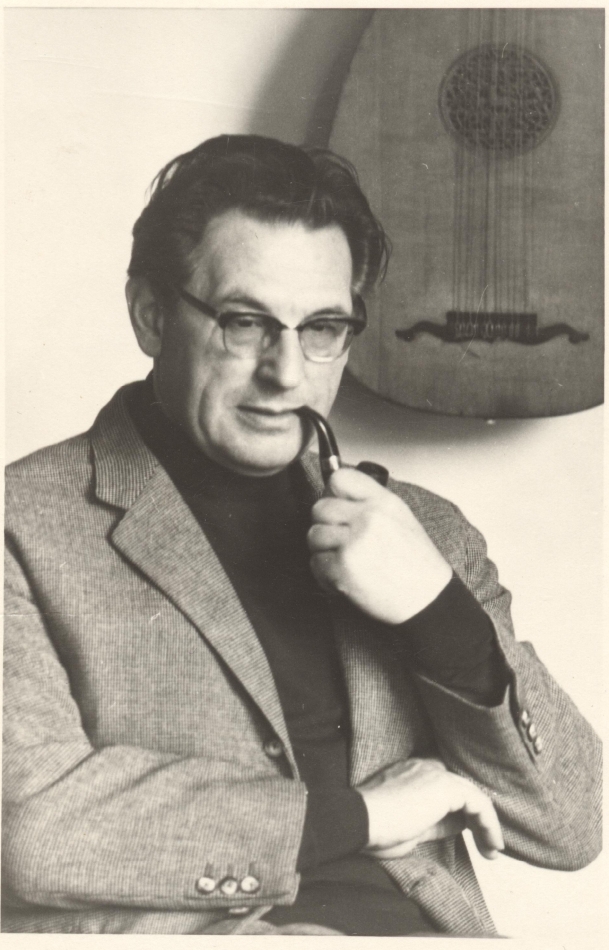Glenn Gould’s working copy of the Goldberg Variations

Also an interesting article on exact transcription of recorded performances

Glenn Gould’s working copy of the Goldberg Variations

Also an interesting article on exact transcription of recorded performances
The shed was graced with the Vida Guitar Quartet’s presence last November (2015) when they played selections from their then new CD “The Leaves be Green”.
Here are some samples from their gig and an interview!
It was a great party…
Bach’s Six Suites for Solo Cello (BWV 1007-1012) are among the most famous pieces in the canon of Western music. Recent claims by the Australian researcher Martin Jarvis about their authorship have become a media sensation, causing heated scholarly debates in normally restrained musicological circles. Jarvis claims that the Cello Suites were composed not by Johann Sebastian but by his second wife Anna Magdalena.
Read More
Here are some recent superb interpretations of the cello suites by David Watkin
selftaughtgirl’s recording of a radio broadcast from the 1980s of a series called “Bach on the Lute” featuring Nigel North, whom I met Oxford University Students’ Union on one of his many visits. A very nice person and a great artist.
Bach: Prelude in Cm (BWV 999)
Bach: Fugue in Gm (BWV 1000)
Bach: Suite in E (BWV 1006a)

Probably quite old news now, but worth mentioning again. Thanks to Open Culture
I wonder who will perform the lute music?
Bach wrote 1080 compositions during his lifetime. And now thanks to the new and certainly ambitious All of Bach web site, you can eventually watch the Netherlands Bach Society (founded in 1921) perform each and every one of those compositions.
By the way, that opening piece on the video is an interesting organ transcription of a cantata Sinfonia (Wir müssen durch viel Trübsal, BWV 146) based on the D minor keyboard concerto BWV 1052 which is probably in turn a transcription of a lost violin concerto and which I transcribed for a Naxos recording
Go to the woods of Kyushu, Japan.
Engineer a massive marimba to run down the slope of a forested hill. Take a wooden ball, place it at the top of said instrument, and push it. What do you get? Bach’s treatment of a traditional church hymn! Namely, “Jesu, Joy of Man’s Desiring.”
and here is how it was done-
A spectacular feat of engineering and creativity. And just guess what inspired its making?
Some time ago, I had the idea of having a railing which you could run a stick along, which would play a tune in the same way, and the railing turned into a maze. (You would be able to find your way out by “playing” the tune. Managed to get the local council interested and even had a park lined up, but alas, the funding fell through!
This is just a lovely idea and brought to my attention by Eli Kassner – thanks Eli!
PS If your Japanese is up to it, here is a TED talk from the creator behind the project. Shake your mind!
How many people remember Evangelos Assimakopoulos and Liza Zoe?
From 1953 both Assimakopoulos and Zoe studied the guitar at the National Conservatoire in Athens under Dimitris Fampas. After receiving First Prizes and the Medals for Outstanding Performance upon graduating, they shared the first two prizes in the International Competition in Naples, Italy in 1960. From the late 1950s they both gave many solo recitals
throughout Greece.
They became professors of the guitar at the National Conservatory of Athens in 1962, started playing as a duo in 1963 and were married in 1965 establishing Greece’s first guitar duo, known as the Athenian Guitar Duo.
For four consecutive periods Evangelos & LIza were awarded scholarships to study with the Presti-Lagoya duo in France and with Andrés Segovia in Spain.
Thank you selftaughtgirl
Sir John Eliot Gardiner’s new biography of JS Bach Music in the Castle of Heaven shows a different world to the distant, sanitised one we are often presented with when we hear about the composer.
 Archival sources, including school inspector reports, reveal that Bach’s education was troubled by gang warfare and bullying, sadism and sodomy – as well as his own extensive truancy.
Archival sources, including school inspector reports, reveal that Bach’s education was troubled by gang warfare and bullying, sadism and sodomy – as well as his own extensive truancy.
Glenn Gould this time.
Bach, says Gould, was not so much ahead of his time as outside it. “For Bach, you see, was music’s greatest non-conformist, and one of the supreme examples of that independence of the artistic conscience that stands quite outside the collective historical process.” and
“Bach was the greatest architect of sound of all time”
A name to conjure with, Karl Scheit was born in 1909 in Schönbrunn (Schlesien), Austria and died in 1993.
He was the guitar editor for Universal Edition, one of the largest and most prestigious publishers of guitar music in the mid 20th century, with publications in English, French, German and Italian. There is now a new and refurbished “Karl Scheit guitar edition”. Most guitarists I know have at some point or other used his editions, which include the Quatre Pièces Brèves by Frank Martin and Richard Rodney Bennet’s Impromptus.
